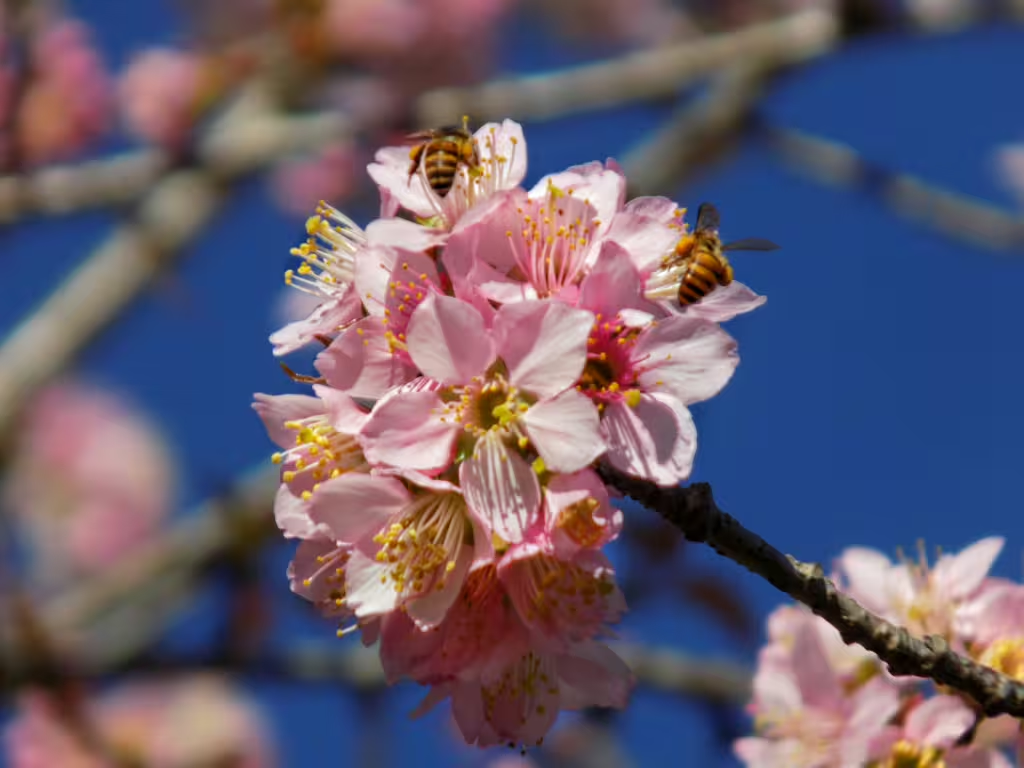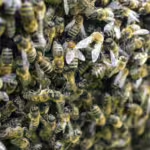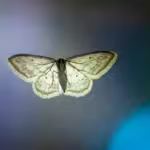Over time, humanity’s connection to the plants of this world has become an essential part of how we, as a species, has survived. We use plants for food, medicine, shelter, and everything else in between; and we aren’t the only creatures on this planet to do so. Indeed, the interconnected nature of flora and fauna has been a part of how life functions on this planet since the emergence of both.
The thing is, not everyone is aware of this connection, nor are they aware of the symbiotic nature that exists for many species. Those people often view plants as little more than passive participants—rooted to the soil, soaking up sunlight, and waiting things to happen around them. This erroneous perception belies a far more dynamic reality, as well as a truth about the push and pull nature of nature itself. Animals like us may depend on plants, but many plants also depend on animals as well.
Plants need animals to aid in pollination, seed dispersal, defense, or in the sharing of nutrients. And as a result, many botanical species have evolved complex, unexpected, but nonetheless astonishing relationships with their adjacent animal allies.
In this article, we will explore these relationships, with a specific focus on the many ways that animals help plants to survive. At the same time, we will discuss why these relationships matter more than ever.
Pollination
It’s safe to assume that every schoolchild knows about pollination, perhaps the most well-known example of plant-animal cooperation. It involves animals transferring pollen from one bloom to another, which functionally enables fertilization and reproduction. But even if you did learn about what bees were for in preschool, you might not be aware that more than 80% of flowering plants rely on animals. While most pollinators are insects, there are a fair amount of birds, bats, and other rodents that help in this regard.
The Bees Knees
When it comes to pollination, no bug has quite so much impact as the bee. It’s safe to say that bees are the gold standard (pun, very intended) when it comes to plant pollination. Bees set out from their hives to gather nectar from flowers, as they move from bloom to bloom, the pollen in the flowers sticks to their fuzzy little bodies, which gets stuck to each subsequent flower they land upon. Plants like apples, almonds, blueberries, cucumbers, and sunflowers are all dependent on bees for pollination.
In addition, certain orchids and wildflowers are pollinated by a single bee species. This type of specialization often occurs within island ecosystems. One example of this is the Hawaiian yellow-faced bee, otherwise known as the Nalo Meli Maoli, which pollinates specific native plants that no other insect visits..
The Rest and Brightest
In addition to bees, various hummingbirds, moths, and butterflies also work as pollinators. Hummingbirds use their long, slender beaks, to suck nectar from tubular flowers like columbines and fuchsias; flowers that would not be able to pollinate via bees. Meanwhile, moths and butterflies contribute in their own way. They are especially valuable in ecosystems where bees are scarce. Bats and moths are also specialized pollinators in that they help to pollinate night-blooming flowers like the yucca.
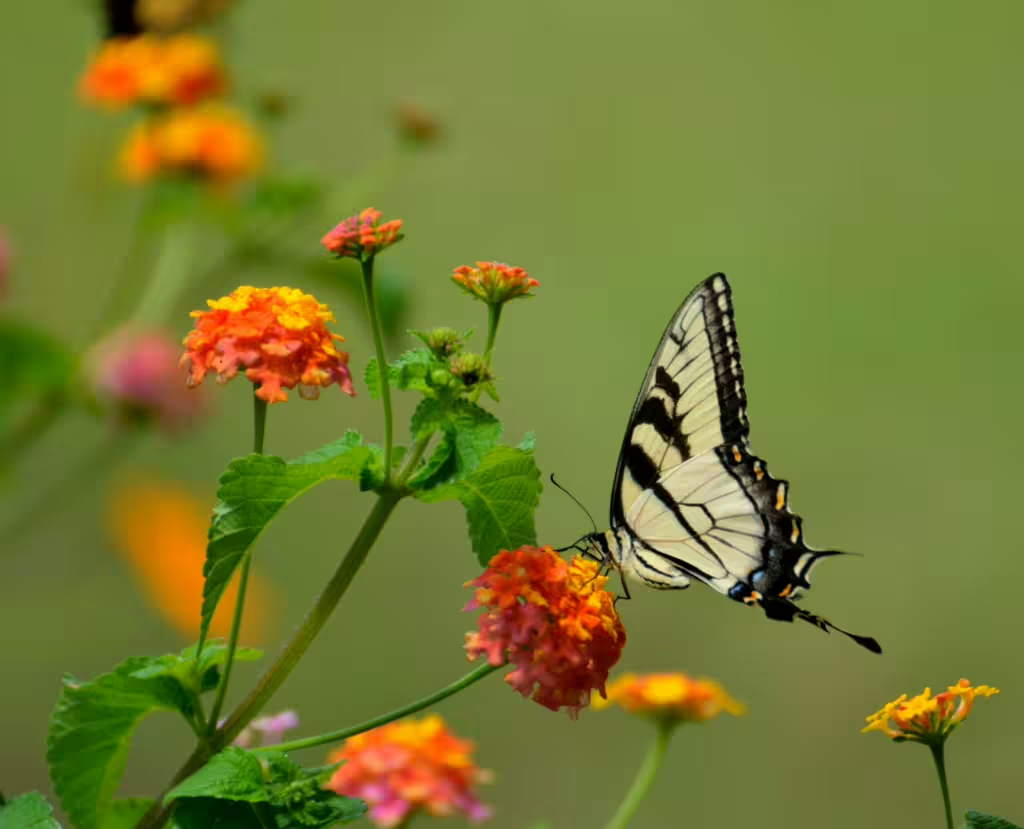
The Bottom Rung of Pollinators
The title for this section is sort of a joke, but the truth is, many plants are pollinated by less glamorous insects such as flies and beetles. The skunk cabbage, for example, does not possess the same sweet scent of a regular flower, but instead emits a foul, carrion-like odor to attract carrion flies. Scent is one way these flowers find pollinators, but shape is just as important. Magnolias are large and bell-shaped, full to the brim with easily accessible pollen. This allows beetles and other larger insects to more effectively pollinate for them.
Seed Dispersal
Plants are, for the most part, completely immobile. This means that finding a favorable location to drop their seeds is something of a challenge. They don’t want them to germinate just below their own leaves, as it would mean undue competition for vital resources. Fortunately, wind and water play an important role in helping seeds reach a good germinating spot, but they aren’t the only factors to be considered. As you’ve probably guessed, many plants rely on animals in this way.
Dispersing Through Digestion
Fruit-bearing plants are a delicious, sweet-scented draw for many a hungry bird, bat, monkey, elephant, or human being. These brightly colored offerings may take a heck of a lot of energy to grow, but they are there to entice animals into eating them and excreting the seeds in a place far away. As an added bonus, the nutrient-rich dung of their animal allies further boosts the digested seed’s chances of success.
The fig tree, is a prime example of this adaptation in action. Fig trees sustain over 1,000 animal species in tropical forests and those trees, in turn, depends on birds, bats, and primates to scatter their seeds. Without these animal dispersers, many fig species would struggle to reproduce — thus causing entire ecosystems to collapse.
Hoarders as Gardeners
Squirrels, jays, and other animals love to eat nuts and seeds, but more importantly, they like to hoard them. You see, these animals are prone to burying their favorite natural trail mix for future use…though they often forget where they planted their cache down the line. This ends up working out quite well for oak, hickory, and pine trees, whose seeds eventually end up sprouting a fair distance from where they once spread.
Hitchhiking Hooks
Plants like burdock, beggarticks, and sandburs are all unique in that they have evolved a rather sharp means of spreading their seeds. These plants tend to have spiny or sticky seed coats that attach to animal fur or feathers in passing. When these seeds hitch a ride on unsuspecting critter, they get carried along with them for a time, until they are finally knocked off somewhere down the line.
Animals Bodyguards
When it comes to animal helpers, it isn’t all about reproduction. Some animals live in or around plants as a means of mutual defense. The plants offer shelter or food to their animal allies, who fiercely guard their new home with all the fury their little bodies can bring to bear.
The Acacia Army Ants
One of the most famous examples is this type of relationship is that of the whistling thorn acacia and Pseudomyrmex ants in Africa. In this partnership, the tree provides nectar and hollow thorns for the ants to live inside. In return, the ants patrol the tree, aggressively attacking any animals or insects that try to eat its leaves. Yes, we mean ANY animal. The ants will also attack large herbivores like giraffes if they feel their home is threatened.
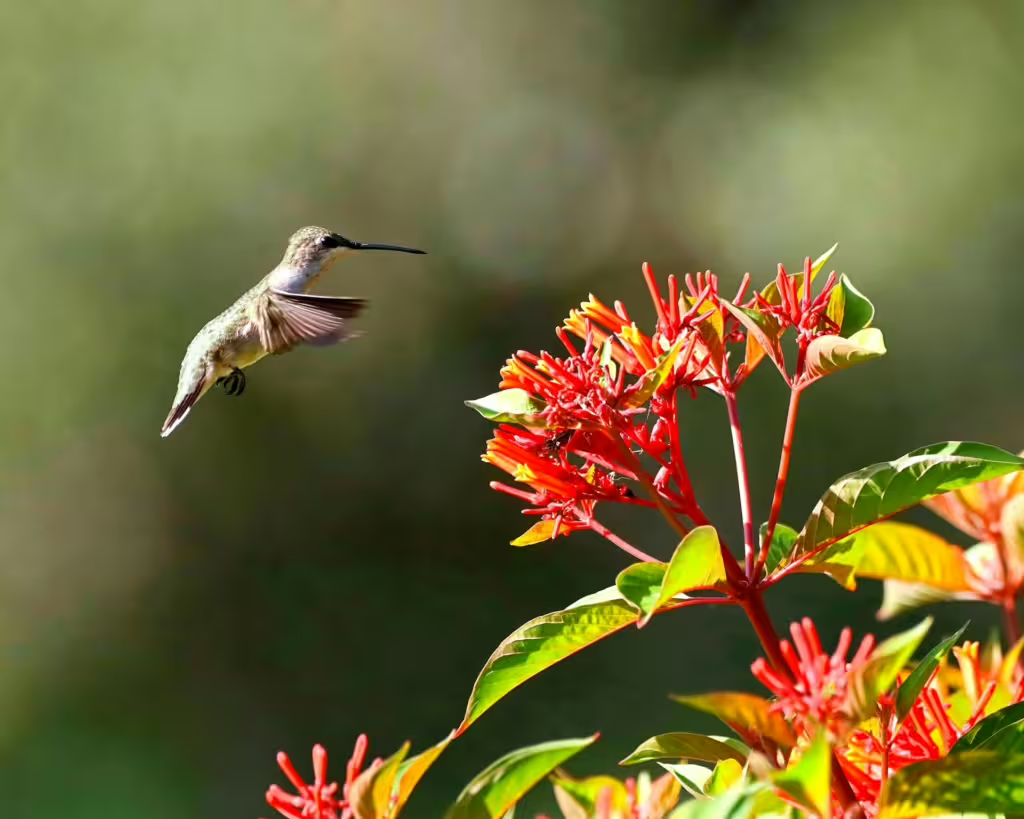
Nutrient Exchange
Many plants depend on animals in more intimate and, frankly, disquieting ways. What we mean by that, is that some plants only need animals because they extract nutrients from their dead bodies.
Flowers and Corpses
Some plants attract animals not to feed them, but to lure them to their doom! That may sound hyperbolic, but it’s the truth. Carnivorous plants are one example of this but the other includes species such as the titan arum and rafflesia, known colloquially as corpse flowers. These massive flowers—and we use the term loosely here—emit strong odors of rotting flesh to attract carrion beetles and flies. In the corpse flowers case, the curious insects unwittingly help pollinate the flowers, allowing them to reproduce. Meanwhile, carnivorous plants like pitcher plants and Venus fly-traps, lure insects into traps, from which they can digest their remains.
Ecological Importance and Risks
As you are probably well-aware, most of these animal-plant partnerships are at risk due to our own endless interference. Habitat destruction, climate change, and human development have had a massive, negative impact on plants and animals the world-over, especially when it comes to vital pollinators like bees.
Most readers have probably heard about the dramatic decline of bees in recent decades, but they may not be aware that populations of butterflies, moths, beetles, and other vital pollinators are also on the downslope. threatens crop production and wild plant survival. It may not seem like such to some, but the fact is, a world without bees would mean not only the loss of honey but also almonds, apples, melons, and countless other flowering plants and vital human food sources that rely on insect pollination.
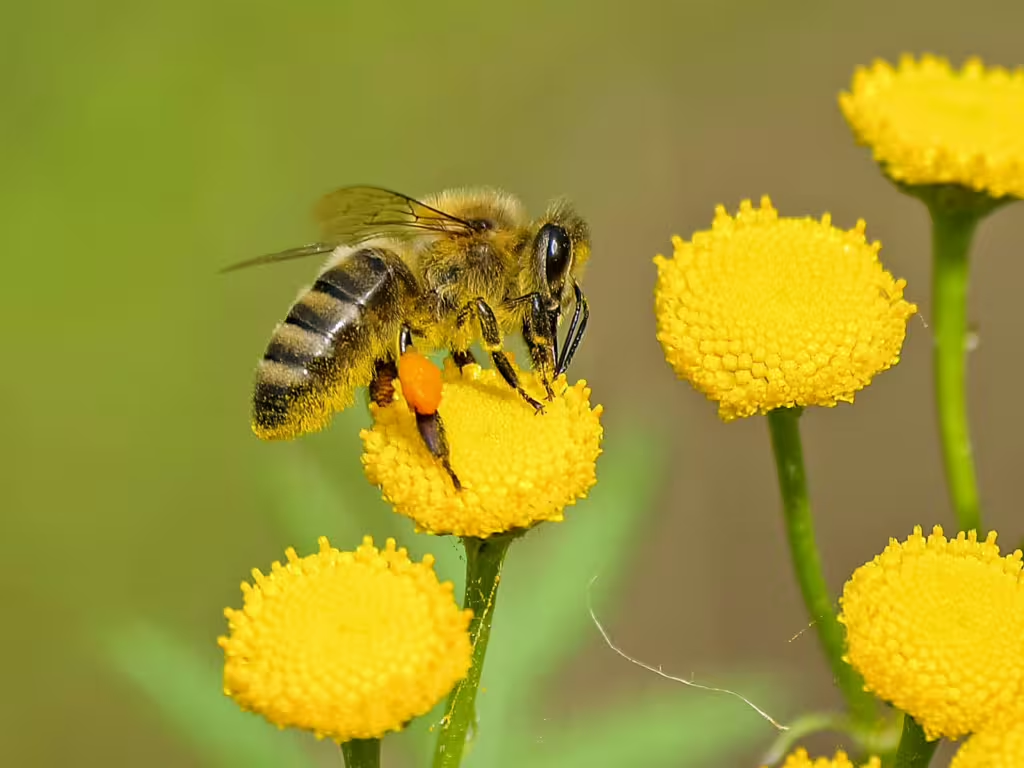
True Investigator Says…
As you can see, plants and animals have always been intrinsically linked within the ecosystem. For many millions of years, plants have had to rely on animals to defend them, disperse them, and fertilize them; just as many of those same animal partners rely on the plants for nutrition, safety, and shelter. These relationships mirror our own dependence on plants and highlight the importance of keeping all of our flora and fauna safe. Knowing this, it is more important than ever for us to preserve the natural world, honoring these ancient alliances and ensuring that they continue to endure for many generations to come. If those relationships break down, it’s only a matter of time before we lose our own, vital connection to the plants of this world.
Discover more from TrueInvestigator
Subscribe to get the latest posts sent to your email.
